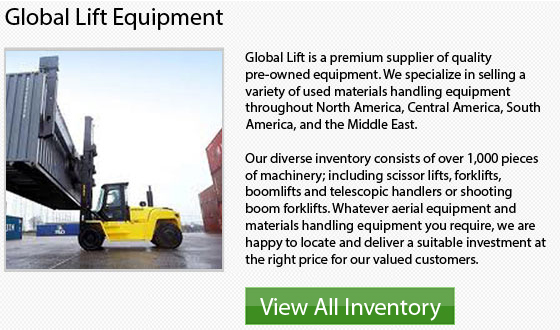
Environmental Concerns About Electric Lift Truck Batteries
The electric lift truck is normally considered more stable and safe than gas and diesel powered internal combustion engines. Both gas and diesel engines pose a fire risk and emit harmful exhaust toxins. The electric forklift is not without is hazards however. They have rechargeable batteries as their source of power, and batteries could present risks to personal safety as well as to the environment. There are risks connected with the storage, disposal, manufacture and use of rechargeable batteries for forklifts.
Manufacturing
The lift truck battery consists of lead plates being placed in a sulfuric acid solution, that are referred to as lead-acid rechargeable batteries. Lead is a toxin that, when utilized in manufacturing processes, poses hazards to the quality of water because of drainage and runoff. When lead enters a water system it could result in a variety of health issues to people and could even cause death. The sulfuric acid utilized in lift truck batteries is really detrimental to skin and can cause severe burns. Sulfuric acid also produces harmful fumes which can cause damage to both humans and the natural world.
Regular Use and Storage
When recharging, the lead-acid battery could produce hydrogen gas as a chemical byproduct. When recharging batteries for a forklift or any other kinds of vehicle, smoking, sparks, flames and heat must be kept well away from the recharging site. The flammable hydrogen could lead to an explosion if ignited by flame or heat.
If it touches the bare skin, sulfuric acid in the batteries can cause chemical burns. This is not a concern during normal use of the battery, but if a battery is damaged or punctured, the acid can spray or leak, potentially burning anyone who is nearby.
Disposal
Improper disposal of lead-acid batteries should always be avoided. These batteries must be recycled properly or reused in new batteries so that the sulfuric acid could either be recycled or neutralized. To prevent the serious environmental consequences of wrong disposal, all lead-acid batteries sold or purchased within the U.S. include a "core charge" which would only be returned if the used battery is turned in.